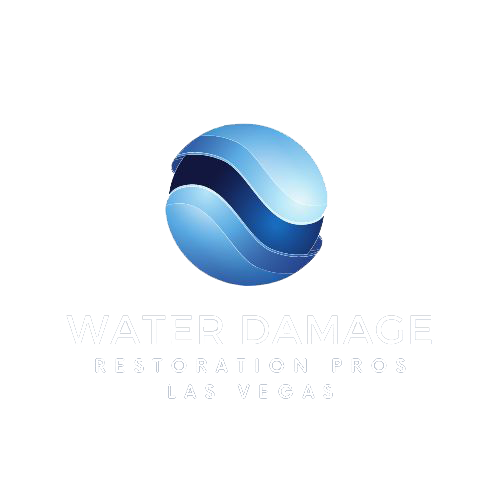.jpeg)
The Importance of Handling Hazardous Materials in Crawl Space Cleanup
When it comes to crawl space cleanup, one of the major considerations is the handling of hazardous materials. Crawl spaces can often be a breeding ground for mold, mildew, pests, and other contaminants, making it crucial to take proper precautions to protect yourself and the environment during the cleanup process.
The Hazards of Mold and Mildew
.jpeg)
Mold and mildew are common issues in crawl spaces, especially in areas with high humidity or water damage. These fungi can release spores into the air, which can cause respiratory problems, allergies, and other health issues. During crawl space cleanup, it’s essential to wear protective gear, such as gloves, goggles, and masks, to prevent exposure to mold spores. Additionally, proper containment and disposal methods should be followed to prevent the spread of mold to other areas of the property.
Pest Infestations and Pest Waste
Crawl spaces can attract pests, including rodents, insects, and even wildlife. These pests can leave behind waste, such as droppings, urine, and nesting materials, which contain harmful bacteria and can pose health risks. When cleaning up a crawl space with a pest infestation, it’s important to take appropriate measures to eliminate the pests and handle their waste safely. This may involve using traps, baits, or hiring professional pest control services.
Asbestos and Lead Contamination
In older homes, crawl spaces may contain hazardous materials such as asbestos and lead. Asbestos was commonly used in building materials until the late 1970s and can be found in insulation, pipes, and other components. Disturbing asbestos-containing materials can release tiny fibers into the air, which can be inhaled and cause serious health issues, including lung cancer. Lead-based paint was also used in older homes and can be present in crawl spaces. Exposure to lead can lead to neurological and developmental issues, especially in children. If asbestos or lead is suspected in a crawl space, it’s crucial to hire licensed professionals to handle the cleanup and removal safely.
.jpeg)
The Steps Involved in Crawl Space Cleanup
1. Assessment and Planning
Before starting the cleanup process, it’s important to assess the condition of the crawl space and identify any hazards or issues. This includes checking for water damage, mold growth, pest infestations, and the presence of hazardous materials. A thorough plan should be developed, taking into account the necessary safety measures and the specific cleanup tasks required.
2. Personal Protective Equipment (PPE)
Prior to entering the crawl space, it’s crucial to wear the appropriate personal protective equipment. This may include coveralls, gloves, goggles, respirators, and shoe covers. PPE helps minimize the risk of exposure to hazardous materials and ensures the safety of the cleanup crew.
3. Containment and Isolation
To prevent the spread of contaminants, the crawl space should be properly contained and isolated from the rest of the property. This may involve sealing off access points, covering openings with plastic sheeting, or using negative air pressure machines to create a controlled environment.
4. Cleanup and Removal
Once the necessary safety measures are in place, the actual cleanup process can begin. This may involve removing debris, cleaning surfaces, disinfecting affected areas, and disposing of contaminated materials properly. It’s important to follow industry best practices and guidelines to ensure thorough and effective cleanup.
5. Restoration and Prevention
After the cleanup is complete, it’s essential to address the underlying issues that led to the contamination in the crawl space. This may include repairing leaks or water damage, improving ventilation, installing vapor barriers, or implementing pest control measures. Taking these preventative steps can help avoid future problems and maintain a clean and healthy crawl space.
Frequently Asked Questions
Why is it important to handle hazardous materials during crawl space cleanup?
What safety measures should be taken during crawl space cleanup?
Handling hazardous materials during crawl space cleanup is a critical aspect of the process. By taking proper precautions and following industry guidelines, you can ensure the safety of both yourself and the environment. If you need professional crawl space cleanup services, contact Water Damage Restoration Pros of Las Vegas at 725-210-8500.


